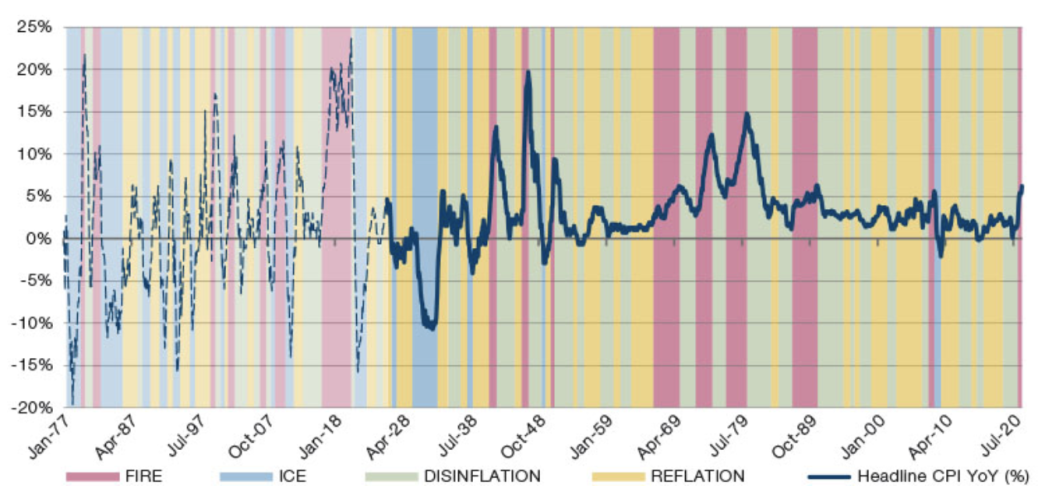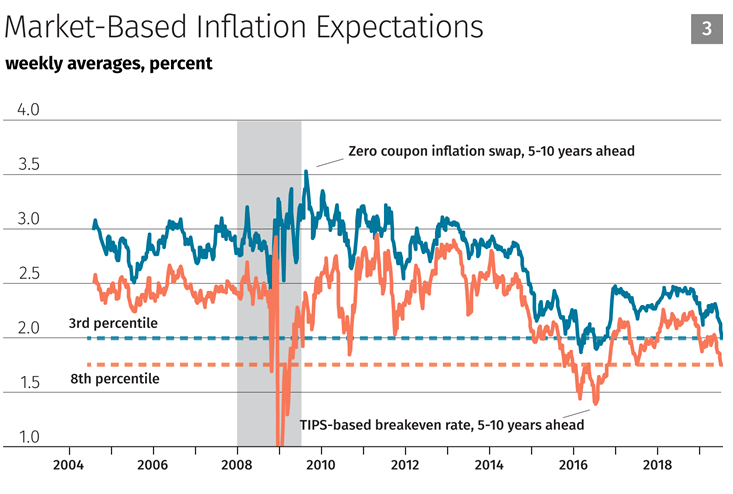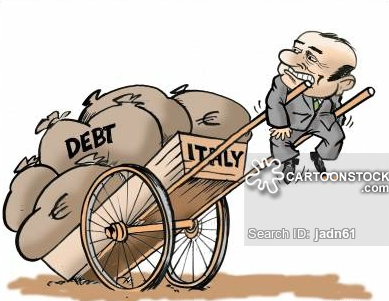
Research Report Excerpt #1
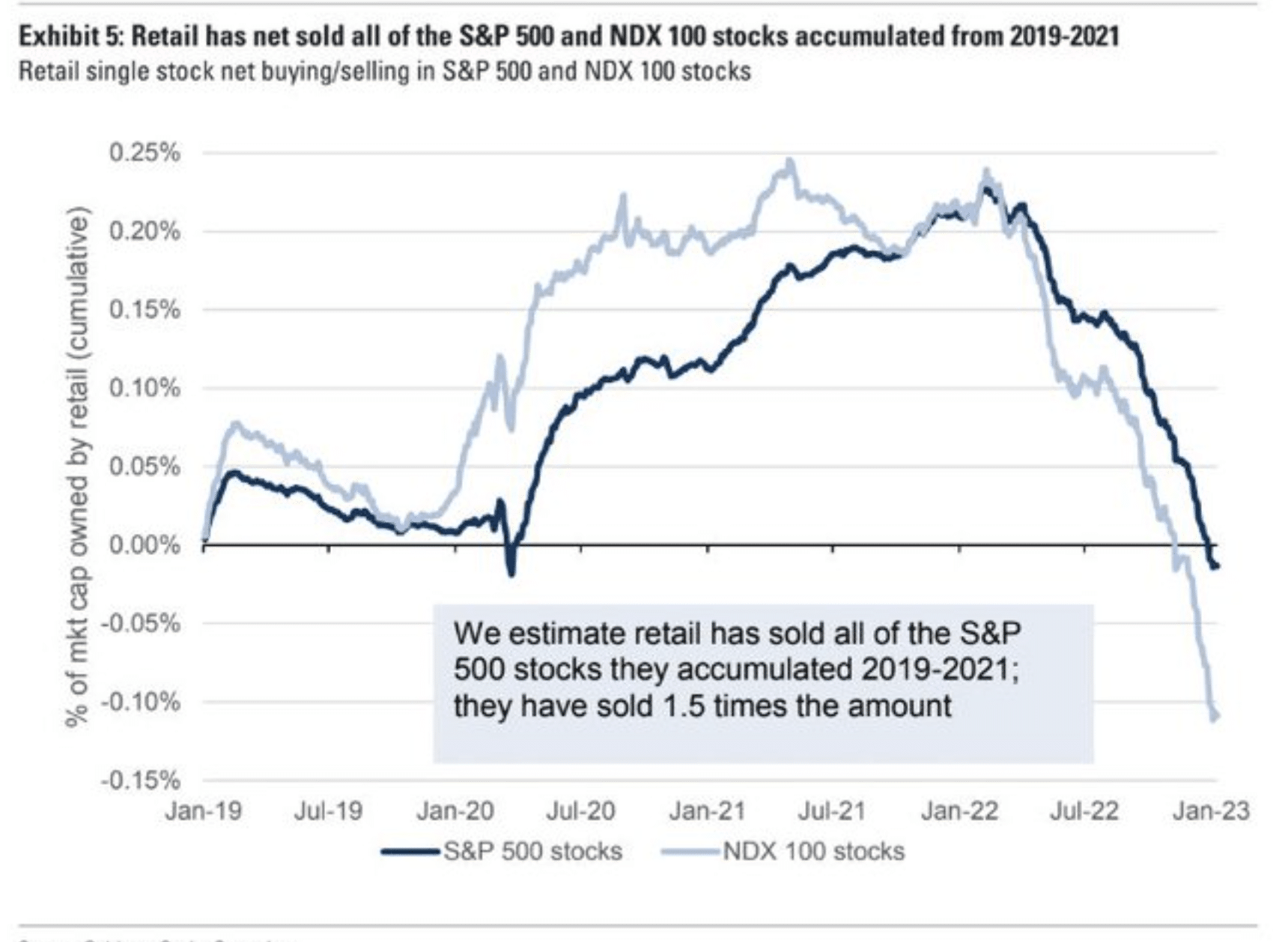
According to Goldman, U.S. retail investors/traders sold all of the stocks they accumulated during 2019~2021, and went further beyond to capitulate. That’s a meaningful determination by Goldman Sachs; capitulate! After all, they say that retail traders tend to buy the tops and sell the bottoms.
Research Report Excerpt #2
In his latest comments on the economy and the Fed’s dual mandate, here is what St. Louis Fed President James Bullard offered:
“The underlying judgment on my part is that inflation will probably recede during 2023 but not as fast as it’s projected to by financial markets. There will probably still be some inflation at the end of the year… We want to guarantee to the extent we can that inflation will come down and get back on a steady path toward the 2% target… Strong labor markets and stronger-than-expected GDP growth in the second half of 2022 have pushed off recession forecasts way into the second half of 2023, and it’s not clear that a recession will materialize. I think the prospects for a soft landing have improved markedly.”
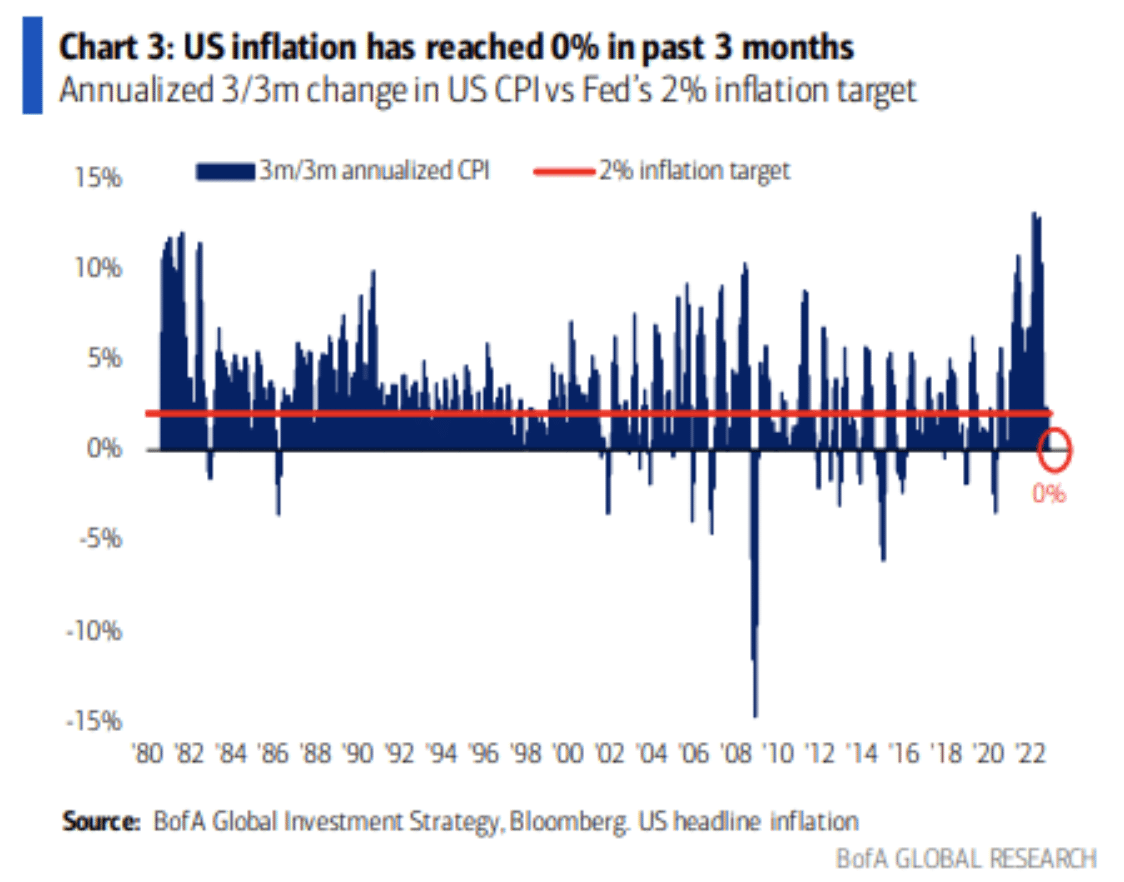
Research Report Excerpt #3
First, always remember that markets are a forward discounting mechanism and Consumer Staples wildly outperformed Consumer Discretionary in 2022. Also remember that having data and appropriately sequencing data is an alpha generator for investors’ performance.
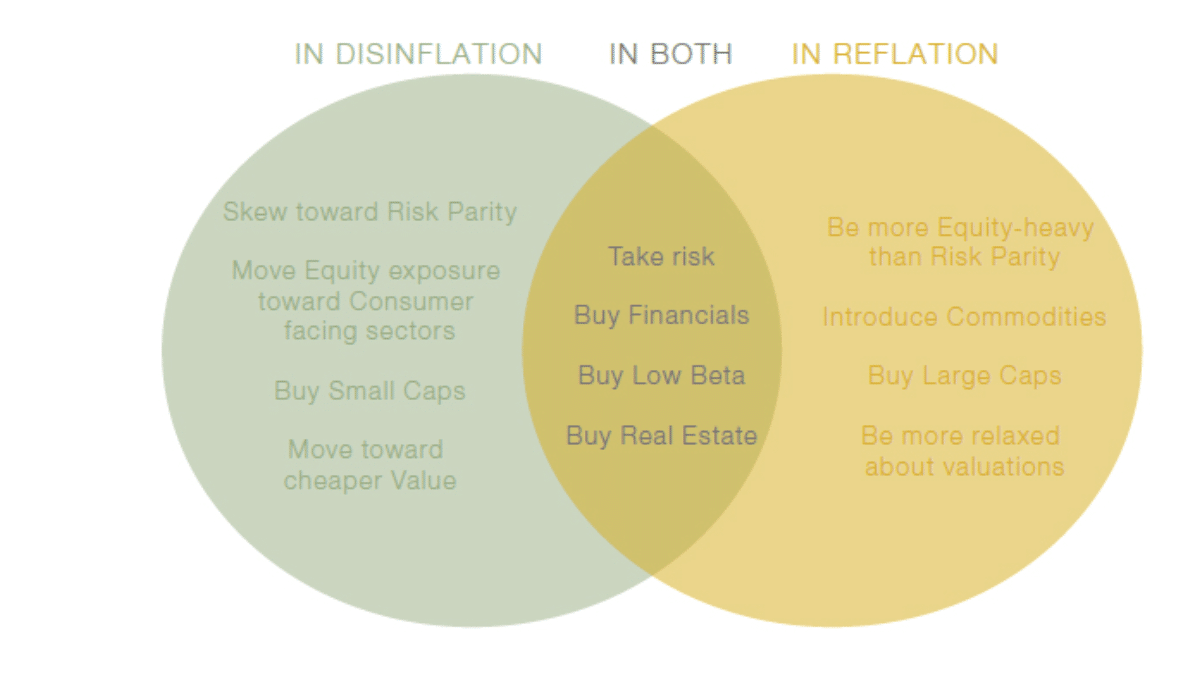
Take a look at the graphic and its headline categories for inflation regimes: Disinflation, Both, Reflation. In 2022, it was all about Reflation, where commodities and Large Cap Value outperformed. Late 2022 into early 2023 most investors are more comfortably aligning with the idea of a disinflationary regime. To the left, we can see that Disinflation regimes favor Consumer facing sectors and Small Cap stocks.
Research Report Excerpt #4
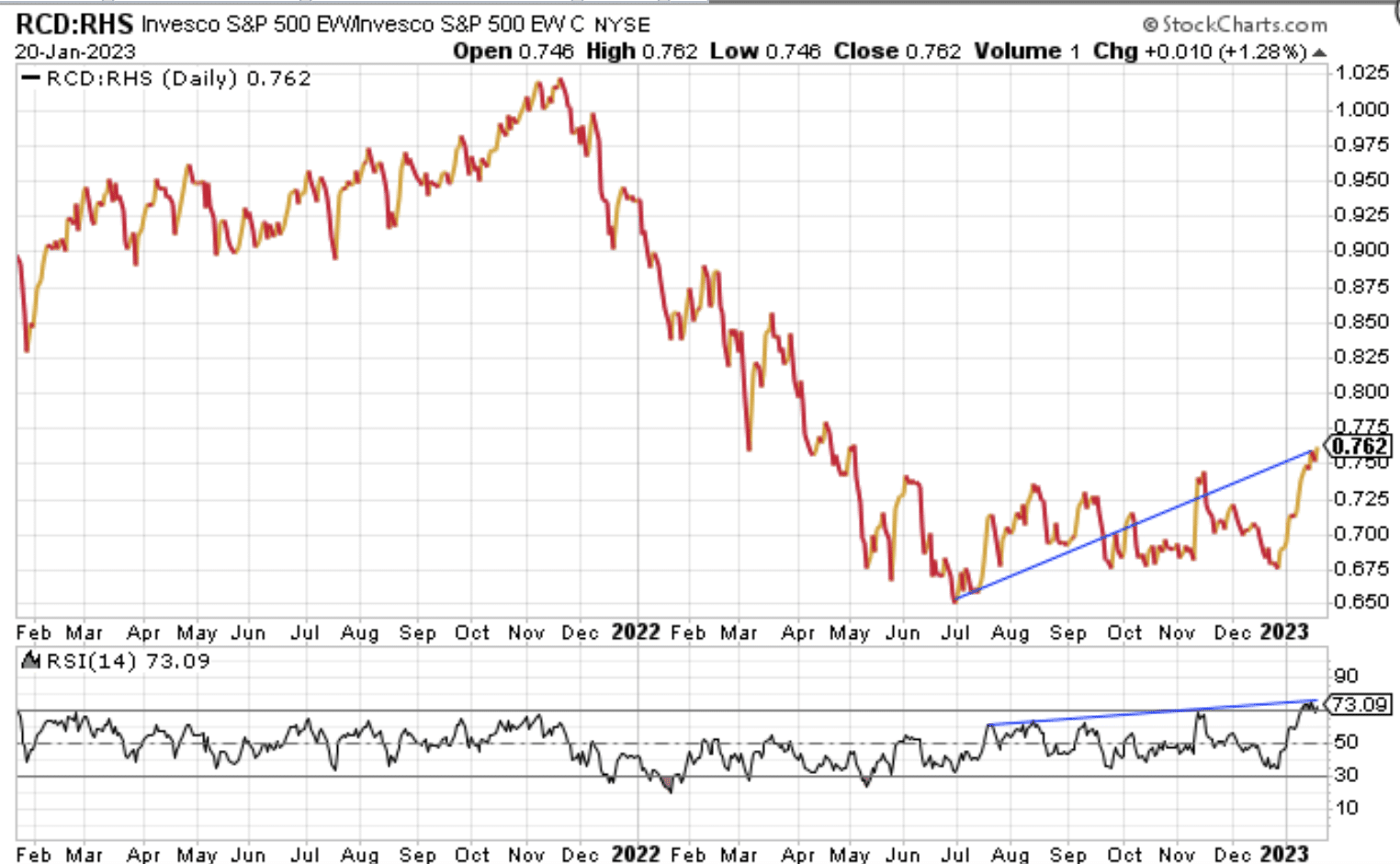
The Equal-Weight version of the performance ratio helps to eliminate the distortion of the Cap-Weight version of the performance ratio, which is heavily influenced by just 3 stocks (Tesla, Amazon, Home Depot). So indeed, investors have been increasingly favoring Consumer Discretionary stocks since the onset of the Disinflation period, which likely began as inflation peaked in June of 2022. History is repeating, and investors are aligning with what tends to better perform during disinflationary periods.
Research Report Excerpt #5
Corporate and private household sector balance sheets remain robust, and with excess savings. The dynamics of the balance sheet strength favor a continuation of sales growth in 2023, but at a lesser pace, even as margins are forecast to contract. Excess Savings (not the Savings Rate) is unlike anything ever seen from past recessions, in U.S. and around the globe! Some countries have 4X and 5X Excess Savings prior to past recessionary periods(Goldman Sachs Chart).
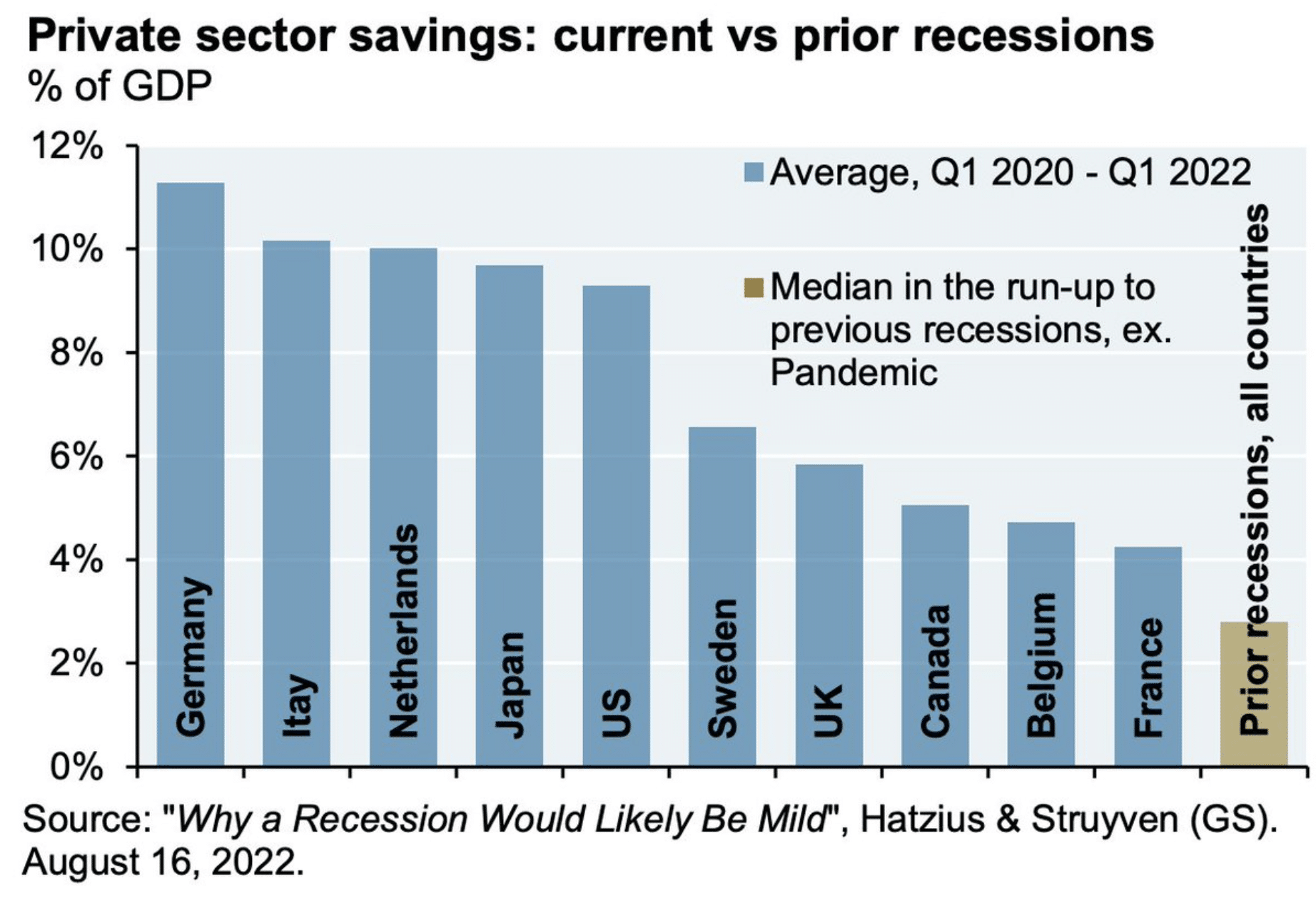
Research Report Excerpt #6
Unfortunately and as outlined in the table below by Steve Deppe, the TOY Barometer was bearish for 2023. From November 21, 2022 through January 19, 2023, the S&P 500 delivered a slightly negative return, which is defined as a Bearish Toy Barometer. It does not guarantee that the market will deliver a negative full-year return, but it does weigh more heavily against favorable market returns.
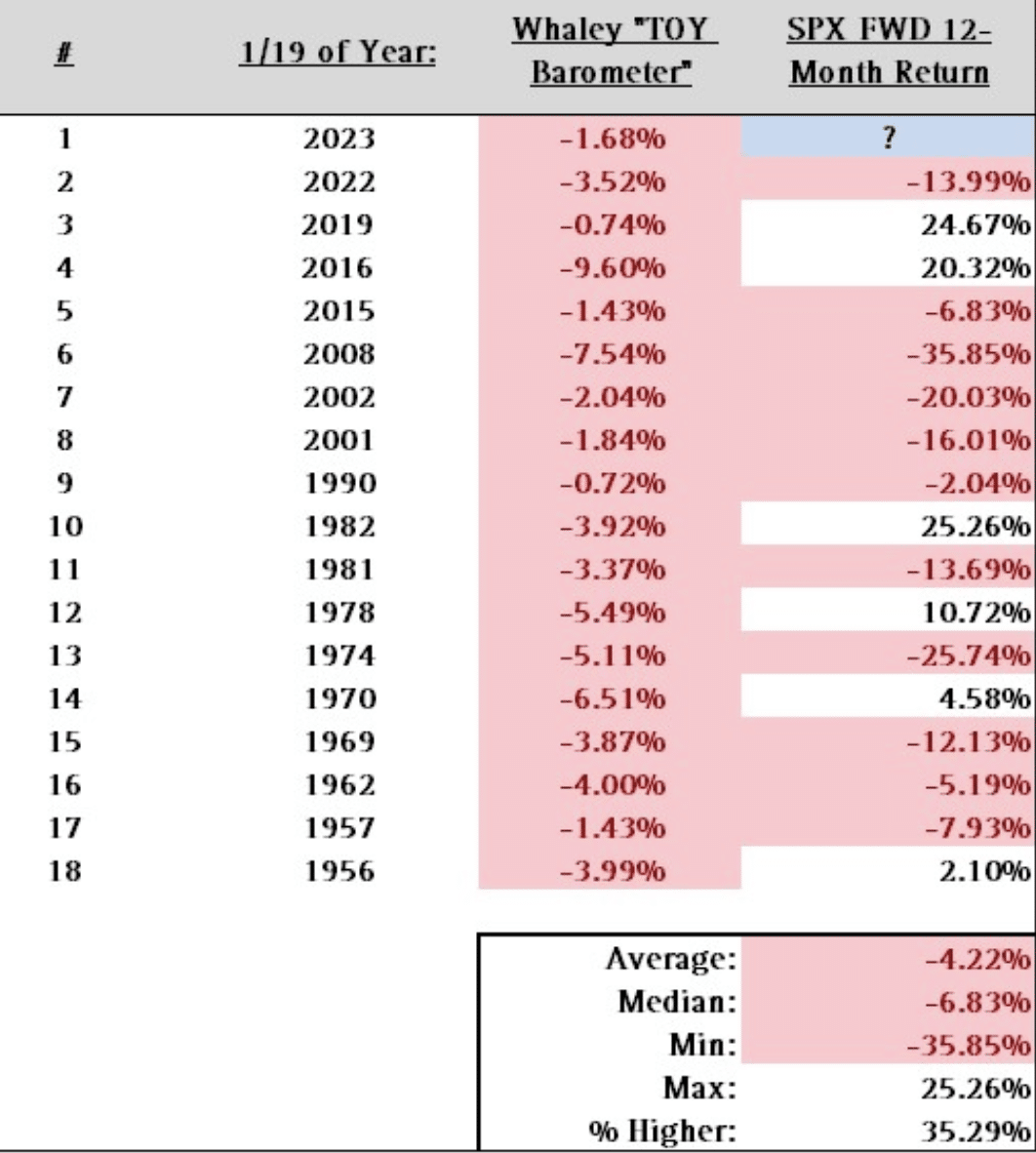
Research Report Excerpt #7
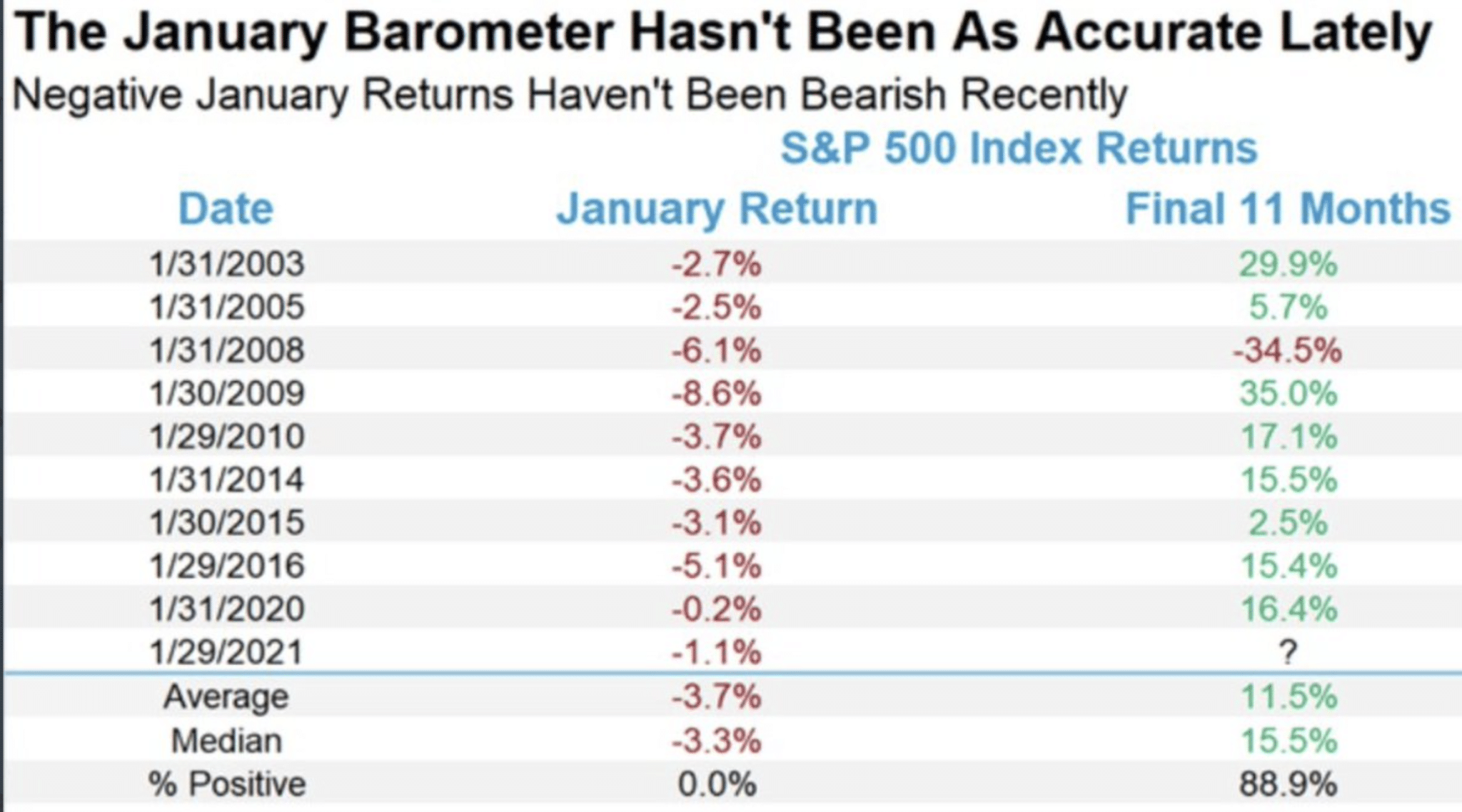
- Overlook the very clear pattern at your own RISK!
- 08, 09, 10
- 11, 12, 13
- 14, 15, 16
- 17, 18, 19
- 20, 21, 22
- 3 DOWN, then 3 UP Januarys. If pattern holds, 100% probability January 2023 will be.. UP
?
Research Report Excerpt #8
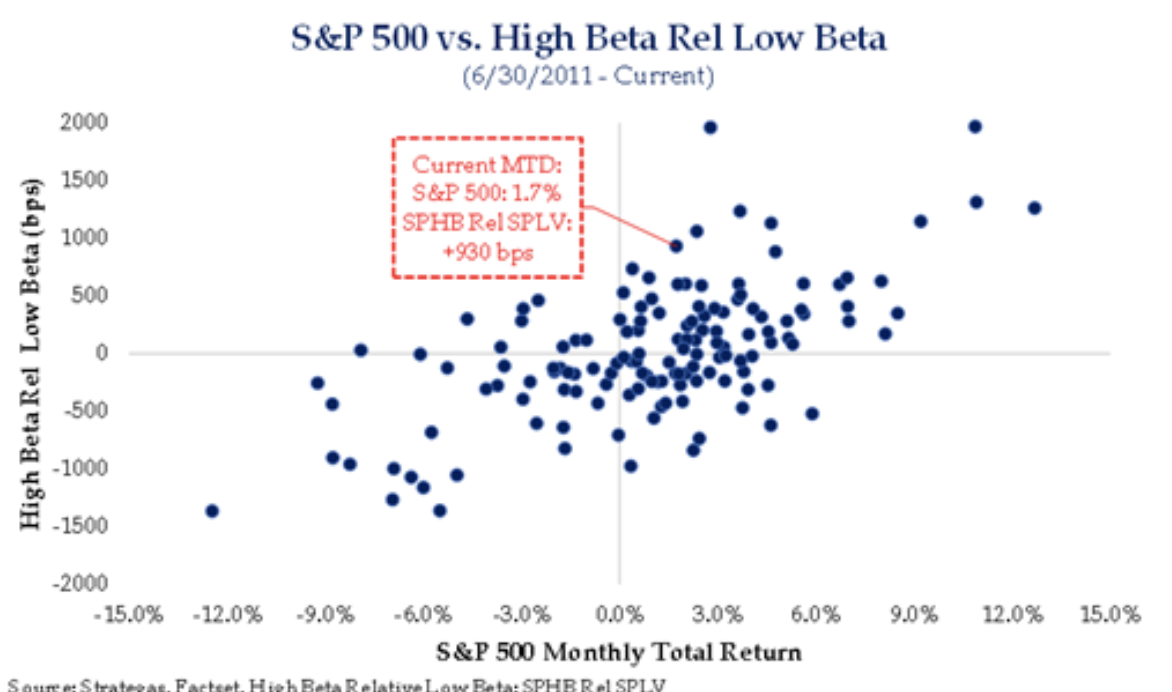
It’s not completely out of character for High Beta to outperform Low Beta in a tepid rally, but the outsized move here seems overdone based on the dot plot and relative to the S&P 500’s overall performance.
Research Report Excerpt #9

The S&P 500’s 50-DMA has crossed above its 150-DMA for the first time during the bear market cycle. Historically this is the foreshadowing of a NEW BULL Market. Like most market signals, the last time this signal failed was in 2001, with the black swan event known as 9-11. This signal may push institutional investor flows into the market with favor shown to risk assets.


